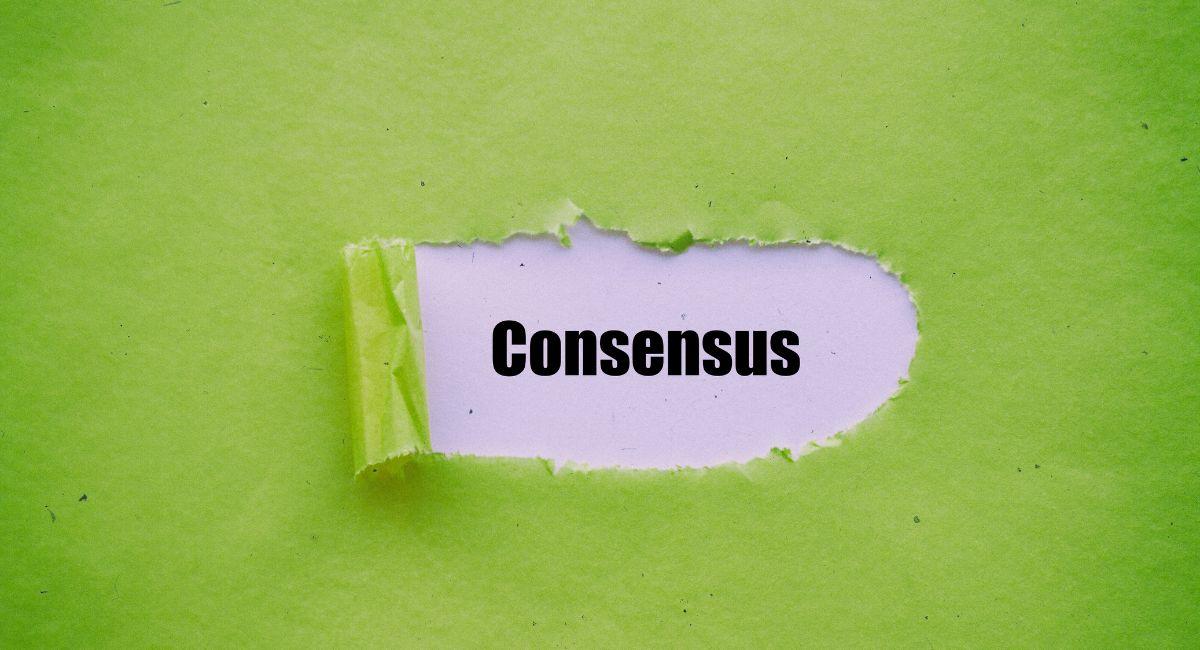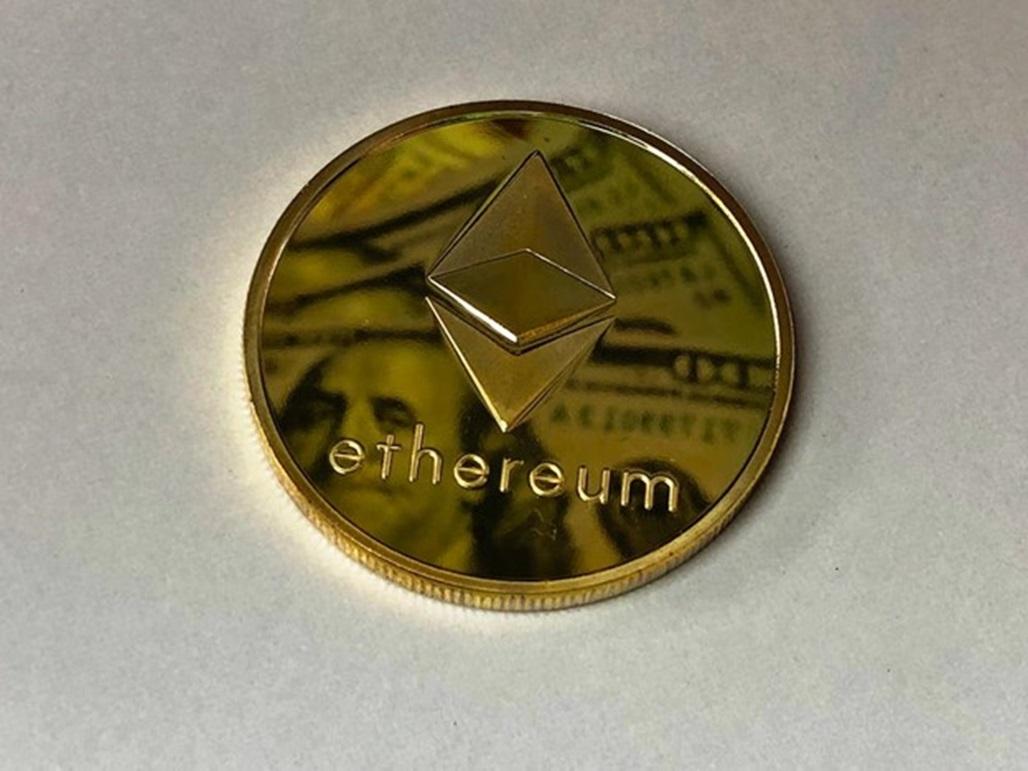How Are Web3 And Ethereum Related: Top 10 Amazing Ways Web3 Is Changing Ethereum
Web3 is the next iteration of the internet, also known as the decentralized web or the blockchain-based web. Ethereum is one of the most popular and widely used blockchain platforms that enable the creation of decentralized applications (DApps) and smart contracts. Web3 relies heavily on blockchain technology, including Ethereum, to create decentralized applications and services that are censorship-resistant, transparent, and secure. Combined Web3 and Ethereum provides a platform for developers to create and deploy smart contracts, which are self-executing contracts with the terms of the agreement between buyer and seller being directly written into lines of code.
Smart contracts are the backbone of many Web3 applications, enabling decentralized finance (DeFi), non-fungible tokens (NFTs), and other innovative use cases. Ethereum also has its own cryptocurrency, Ether (ETH), which is used to power the network and pay for transaction fees.
Overall, Web3 and Ethereum are closely intertwined, with Ethereum providing the technological infrastructure for Web3 applications to function.
Apparently @0xPolygon‘s Avail project is using the @substrate_io framework. The way I see it, it’s only the beginning of a very synergistic relation between @ethereum and @Polkadot. The same goes for @MoonbeamNetwork. The future of the Web3 is bright. https://t.co/cAXy8Mtr72
— Lauro Gripa (@laurogripa) June 30, 2021
Key areas of their symbiosis:

The symbiosis between Ethereum, decentralized finance (DeFi), non-fungible tokens (NFTs), and decentralized autonomous organizations (DAOs) represents a harmonious convergence of technologies and ideologies that are reshaping the landscape of the digital economy. At the core of this symbiotic relationship lies Ethereum’s versatile blockchain infrastructure, which serves as a foundational layer for the development and proliferation of decentralized applications (dApps) across various sectors.
- Decentralized Finance (DeFi):
- Ethereum has emerged as a frontrunner in the realm of decentralized finance, pioneering innovative solutions that enable individuals to access financial services without relying on traditional intermediaries. Through Ethereum-based smart contracts and protocols, users can engage in a wide array of DeFi activities, including lending, borrowing, trading, and yield farming, with unprecedented transparency and autonomy. This aligns seamlessly with the vision of Web3, which seeks to dismantle centralized control and empower individuals to take control of their financial destinies. By leveraging Ethereum’s programmability and interoperability, DeFi protocols can seamlessly interact with other components of the Web3 ecosystem, such as NFTs and DAOs, to unlock new avenues for value creation and collaboration.
- Non-Fungible Tokens (NFTs):
- Ethereum has emerged as the dominant platform for NFTs, which represent unique digital assets such as artwork, collectibles, and virtual real estate. Powered by Ethereum’s robust smart contract capabilities and decentralized infrastructure, NFTs enable digital ownership and scarcity in ways previously unattainable. Artists, creators, and developers can tokenize their creations as NFTs, imbuing them with provable authenticity and verifiable ownership on the blockchain. This alignment with Web3’s emphasis on digital ownership and scarcity underscores Ethereum’s pivotal role in enabling the creation, trading, and ownership of unique digital assets. Moreover, the interoperability of Ethereum allows NFTs to seamlessly integrate with other Web3 components, facilitating novel use cases and applications across diverse industries.
- Decentralized Autonomous Organizations (DAOs):
- Ethereum serves as a foundational platform for the creation and operation of DAOs, which are community-driven organizations governed by smart contracts and decentralized decision-making processes. Through Ethereum-based DAO frameworks, participants can collectively govern resources, coordinate activities, and allocate funds without relying on centralized authorities. This alignment with Web3’s vision of decentralized governance and collaboration empowers individuals to participate directly in the decision-making processes of organizations and protocols, fostering transparency, accountability, and inclusivity. Ethereum’s programmability and flexibility enable the creation of DAOs tailored to specific use cases and community needs, facilitating a diverse ecosystem of decentralized organizations spanning various sectors and industries.
In essence, the symbiosis between Ethereum, DeFi, NFTs, and DAOs represents a paradigm shift towards a more open, transparent, and equitable digital economy. By leveraging Ethereum’s blockchain infrastructure and smart contract capabilities, stakeholders across the Web3 ecosystem can collaborate, innovate, and transact with unprecedented efficiency and autonomy. As Ethereum continues to evolve and scale, the synergies between DeFi, NFTs, DAOs, and other Web3 components will deepen, unlocking new opportunities for value creation, community engagement, and decentralized governance on a global scale.
Top 10 ways Web3 is changing ethereum

- Scalability: Web3 is driving the development of layer-2 scaling solutions for Ethereum, such as Optimism and Polygon, which can process more transactions at a faster rate than the Ethereum mainnet.
- Interoperability: Web3 is promoting interoperability between different blockchain networks, allowing Ethereum to communicate with other blockchains and enabling cross-chain transactions.
- Decentralized Finance (DeFi): Web3 is driving the growth of DeFi on Ethereum, making it possible to create decentralized lending and borrowing platforms, decentralized exchanges, and other financial applications.
- Non-Fungible Tokens (NFTs): Web3 is enabling the creation and exchange of NFTs on Ethereum, leading to the explosion of the digital art market and other use cases for unique digital assets.
- Governance: Web3 is promoting more decentralized governance models for Ethereum, allowing token holders to have a say in the direction of the network.
- Privacy: Web3 is driving the development of privacy solutions for Ethereum, such as zk-SNARKs, which can protect sensitive information in smart contracts.
- Identity: Web3 promotes the development of decentralized identity solutions on Ethereum, allowing users to control their identities and protect their personal information.
- Gaming: Web3 is enabling the creation of blockchain-based gaming platforms on Ethereum, allowing players to own and trade in-game items and providing a new level of transparency and fairness.
- Social Media: Web3 is driving the development of decentralized social media platforms on Ethereum, which can provide more control over personal data and protect against censorship.
- Sustainability: Web3 is promoting the development of sustainable blockchain solutions on Ethereum, which can reduce energy consumption and make blockchain technology more environmentally friendly.
What is the future of Ethereum in alliance with web3?

In the short term, Web3 is driving the growth of decentralized finance (DeFi) and non-fungible tokens (NFTs) on Ethereum, which have already reached multi-billion-dollar valuations. These use cases are just the beginning as developers continue to explore new ways to leverage the unique capabilities of blockchain technology.
In the medium to long term, Web3 is likely to drive the adoption of Ethereum in industries beyond finance and art. For example, Web3 could enable decentralized supply chain management, energy trading, or even decentralized governance of entire cities. The alliance between Ethereum and Web3 is also likely to result in the development of new interoperability standards that enable cross-chain communication between different blockchain networks. This will allow Ethereum to expand its reach beyond its own ecosystem and connect with other blockchains, further enhancing its utility and value.
Overall, the future of Ethereum in alliance with Web3 is bright, with the potential to transform not just the way we interact with technology but also the way we organize and govern ourselves as a society.
We would like to congratulate the Ethereum community on Shapella upgrade which now enables withdrawal from staking 🎉
As we dive into the future, we look forward to contributing to the development of zero-knowledge light clients to enable further decentralization.
image… pic.twitter.com/d4uTyqfBwE
— Electron Labs (@labs_electron) April 14, 2023
Challenges to address:

The transformative relationship between Web3 and Ethereum undoubtedly heralds a new era of decentralization, but it is not without its challenges. As both Web3 and Ethereum continue to gain traction and adoption, several pressing issues must be addressed to ensure the long-term viability and scalability of the ecosystem.
- Scalability:
- One of the most pressing challenges facing both Web3 and Ethereum is scalability. As the number of users and transactions on the network grows, Ethereum’s current infrastructure struggles to keep pace, leading to congestion and higher transaction fees. To address this issue, various scalability solutions are being explored, including layer-2 scaling solutions such as sidechains and state channels, as well as protocol upgrades like Ethereum 2.0 with its transition to a proof-of-stake consensus mechanism. These solutions aim to increase the network’s throughput and reduce transaction costs, making Web3 applications more accessible and efficient for users.
- Security:
- Security is another critical concern for Web3 applications built on the Ethereum blockchain. Smart contracts, the backbone of many decentralized applications (dApps), are susceptible to vulnerabilities and exploits if not properly audited and secured. Additionally, the decentralized nature of blockchain networks introduces new attack vectors, such as 51% attacks and reentrancy attacks, that can compromise the integrity and security of the entire ecosystem. To mitigate these risks, developers must adhere to secure coding practices and conduct thorough smart contract audits to identify and address potential vulnerabilities before deployment. Furthermore, ongoing research and development in security protocols and best practices are essential to safeguarding the integrity and trustworthiness of Web3 applications.
- Regulation:
- The regulatory landscape surrounding Web3 and blockchain technology is still in its infancy, presenting challenges and uncertainties for stakeholders in the ecosystem. Governments and regulatory bodies worldwide are grappling with how to classify and regulate digital assets, decentralized finance (DeFi) protocols, and other Web3 innovations. Clear and supportive regulations are needed to foster innovation and investment in the space while protecting consumers and maintaining market integrity. However, overly restrictive or ambiguous regulations can stifle growth and deter entrepreneurs and investors from entering the market. Therefore, it is crucial for policymakers to engage with industry stakeholders to develop balanced and forward-thinking regulatory frameworks that promote innovation while addressing legitimate concerns around consumer protection, financial stability, and illicit activities.
In conclusion, while the relationship between Web3 and Ethereum holds immense promise for transforming the digital economy, addressing scalability, security, and regulatory challenges is essential to realizing its full potential. By collaborating and innovating to overcome these obstacles, stakeholders can build a more resilient, inclusive, and sustainable Web3 ecosystem that empowers individuals, fosters innovation, and drives positive societal change.
Conclusion
In conclusion, the relationship between Ethereum and Web3 is critical to the development of the next iteration of the Internet. Ethereum provides the technological infrastructure for Web3 applications to function, including the creation and deployment of smart contracts, as well as the processing of transactions and the management of the Ethereum network.
Web3, on the other hand, promotes a decentralized, trustless, and transparent internet that allows users to control their data, identities, and digital assets. It leverages the unique capabilities of blockchain technology, including immutability, cryptography, and consensus mechanisms, to create a new paradigm of web-based applications and services.
The partnership between Ethereum and Web3 has already produced remarkable innovations in areas such as decentralized finance, non-fungible tokens, and blockchain gaming. However, these use cases are just the beginning as developers continue to explore the possibilities of Web3 and blockchain technology.
The relationship between Ethereum and Web3 will likely evolve as new interoperability standards and cross-chain communication protocols are developed. This will allow Ethereum to expand its reach beyond its own ecosystem and connect with other blockchains, further enhancing its utility and value.
Overall, the collaboration between Ethereum and Web3 is critical to the future of the Internet and the way we interact with technology. As Web3 develops and matures, Ethereum will remain a key player in this transformation, providing the technological infrastructure enabling the next generation of decentralized applications and services.
Stay informed with daily updates from Blockchain Magazine on Google News. Click here to follow us and mark as favorite: [Blockchain Magazine on Google News].
Get Blockchain Insights In Inbox
Stay ahead of the curve with expert analysis and market updates.
latest from tech
Disclaimer: Any post shared by a third-party agency are sponsored and Blockchain Magazine has no views on any such posts. The views and opinions expressed in this post are those of the clients and do not necessarily reflect the official policy or position of Blockchain Magazine. The information provided in this post is for informational purposes only and should not be considered as financial, investment, or professional advice. Blockchain Magazine does not endorse or promote any specific products, services, or companies mentioned in this posts. Readers are encouraged to conduct their own research and consult with a qualified professional before making any financial decisions.

 Bitcoin
Bitcoin  Ethereum
Ethereum  Tether
Tether  Solana
Solana  Dogecoin
Dogecoin  XRP
XRP  USDC
USDC  Lido Staked Ether
Lido Staked Ether  Cardano
Cardano  TRON
TRON  Shiba Inu
Shiba Inu  Toncoin
Toncoin  Avalanche
Avalanche  Wrapped Bitcoin
Wrapped Bitcoin  Wrapped stETH
Wrapped stETH  Sui
Sui  Pepe
Pepe  WETH
WETH  Chainlink
Chainlink  Bitcoin Cash
Bitcoin Cash  Polkadot
Polkadot  LEO Token
LEO Token  NEAR Protocol
NEAR Protocol  Litecoin
Litecoin  Aptos
Aptos  Wrapped eETH
Wrapped eETH  USDS
USDS  Uniswap
Uniswap  Cronos
Cronos  Stellar
Stellar  Internet Computer
Internet Computer  dogwifhat
dogwifhat  Bittensor
Bittensor  Ethereum Classic
Ethereum Classic  Dai
Dai  Artificial Superintelligence Alliance
Artificial Superintelligence Alliance  WhiteBIT Coin
WhiteBIT Coin  Ethena USDe
Ethena USDe  Bonk
Bonk  POL (ex-MATIC)
POL (ex-MATIC)  Stacks
Stacks  Monero
Monero  Render
Render  Hedera
Hedera  OKB
OKB  Filecoin
Filecoin  Aave
Aave 



